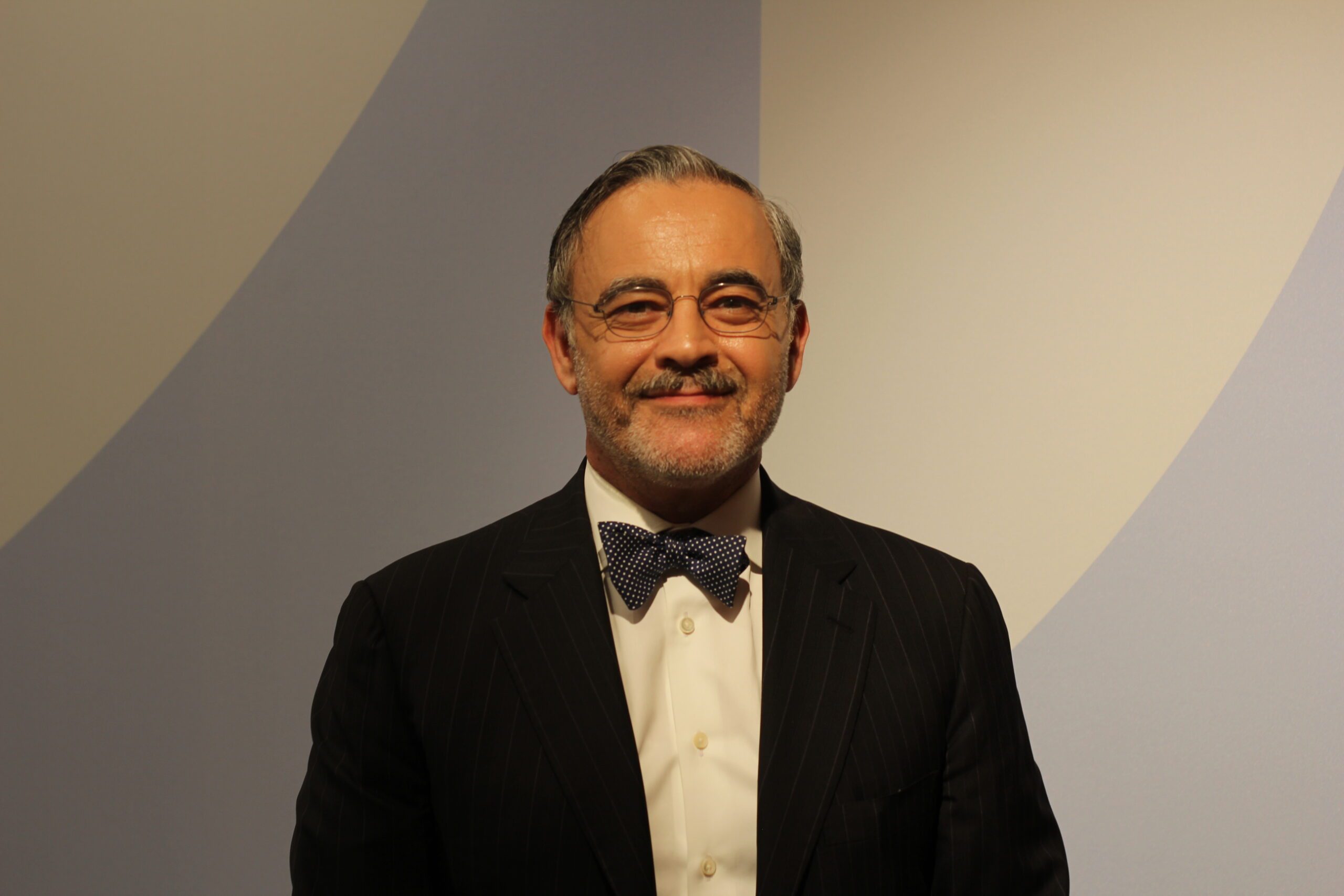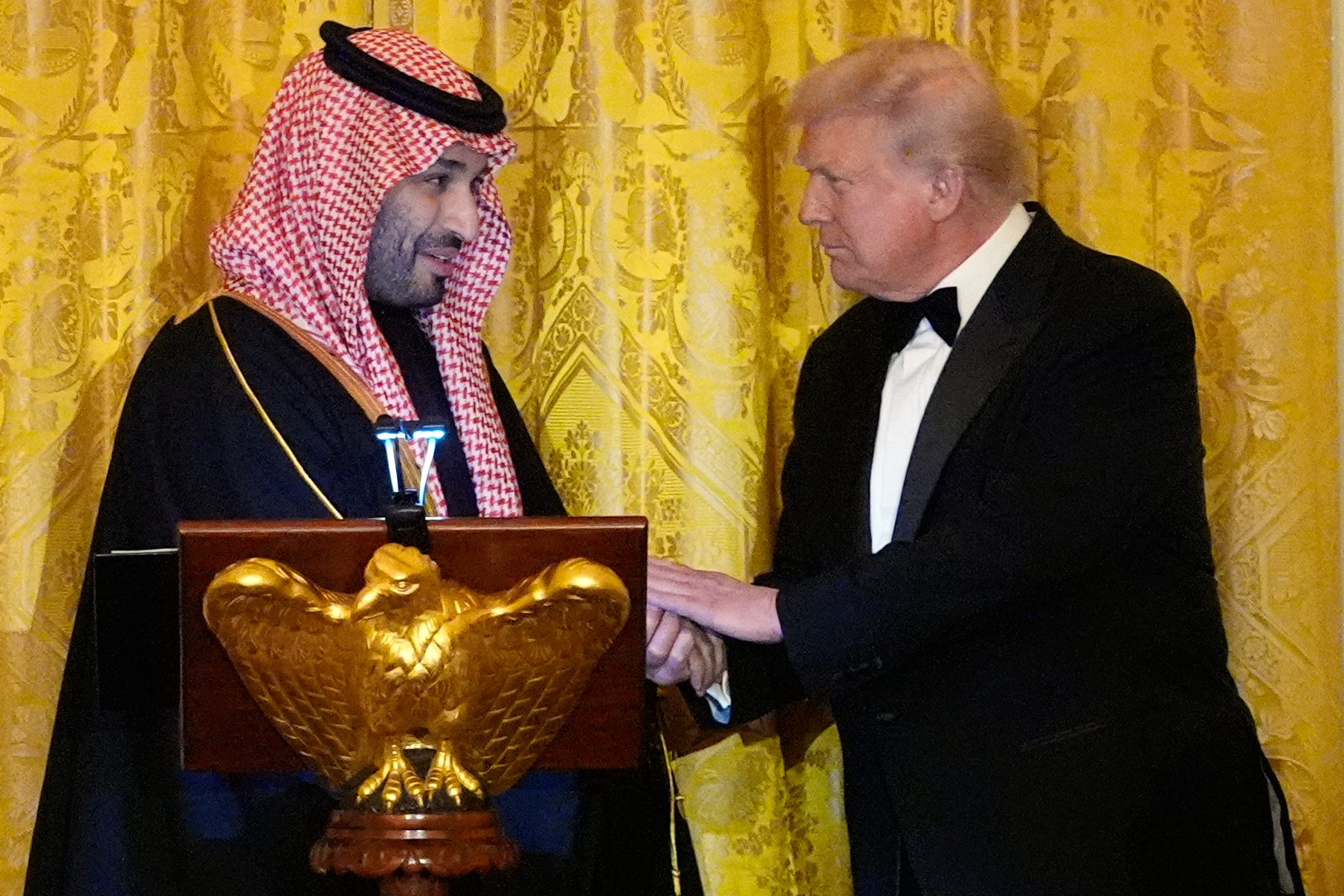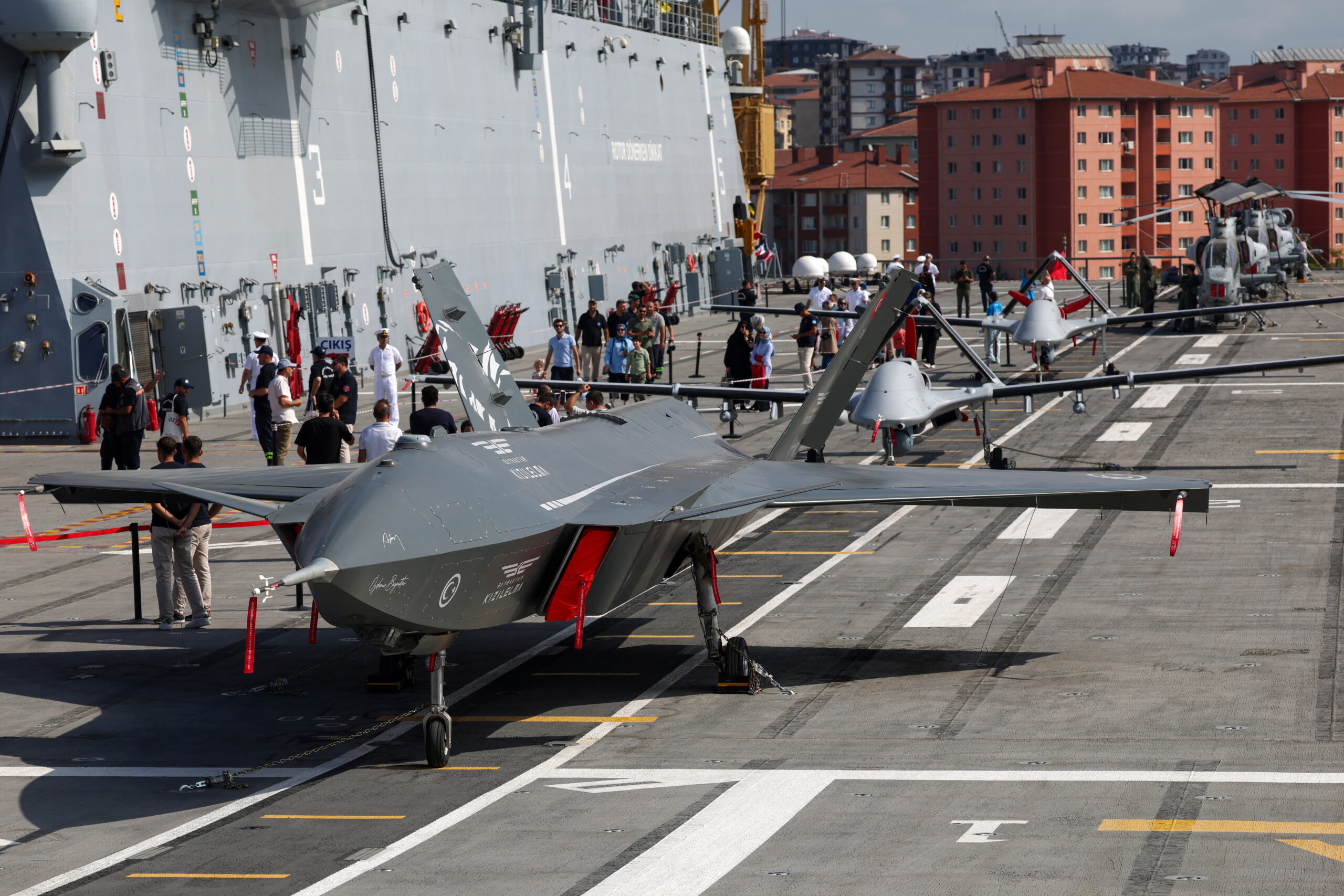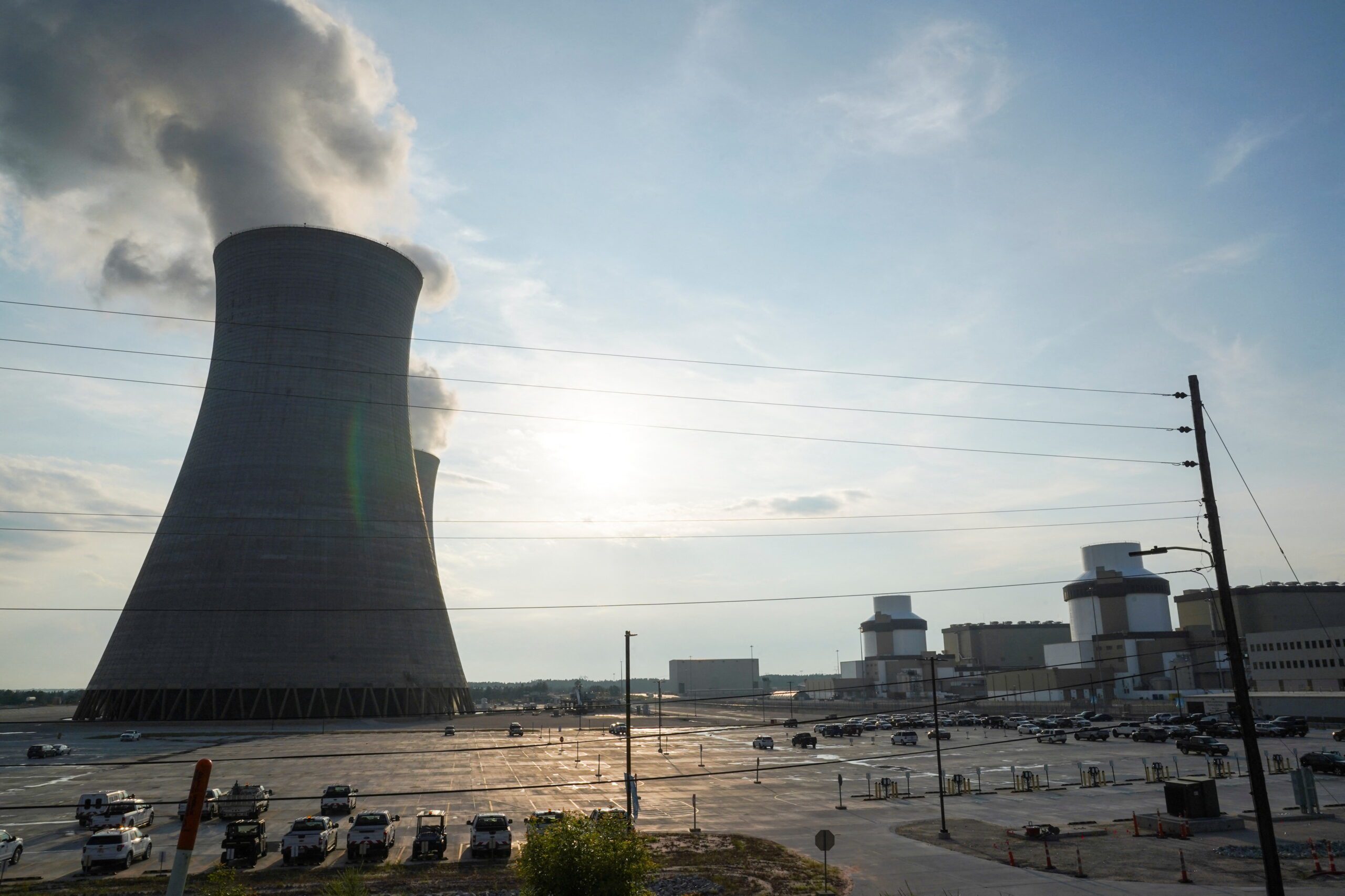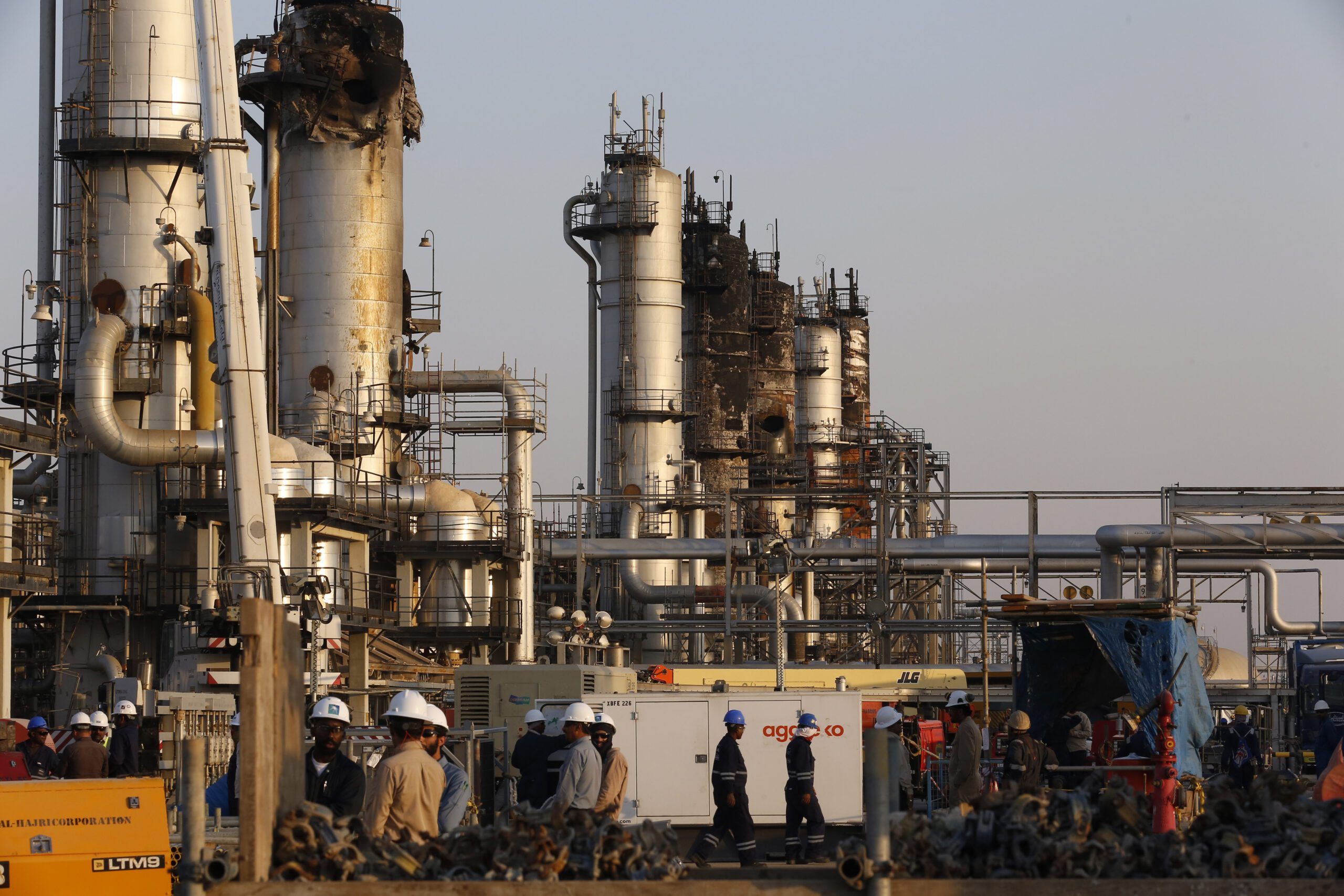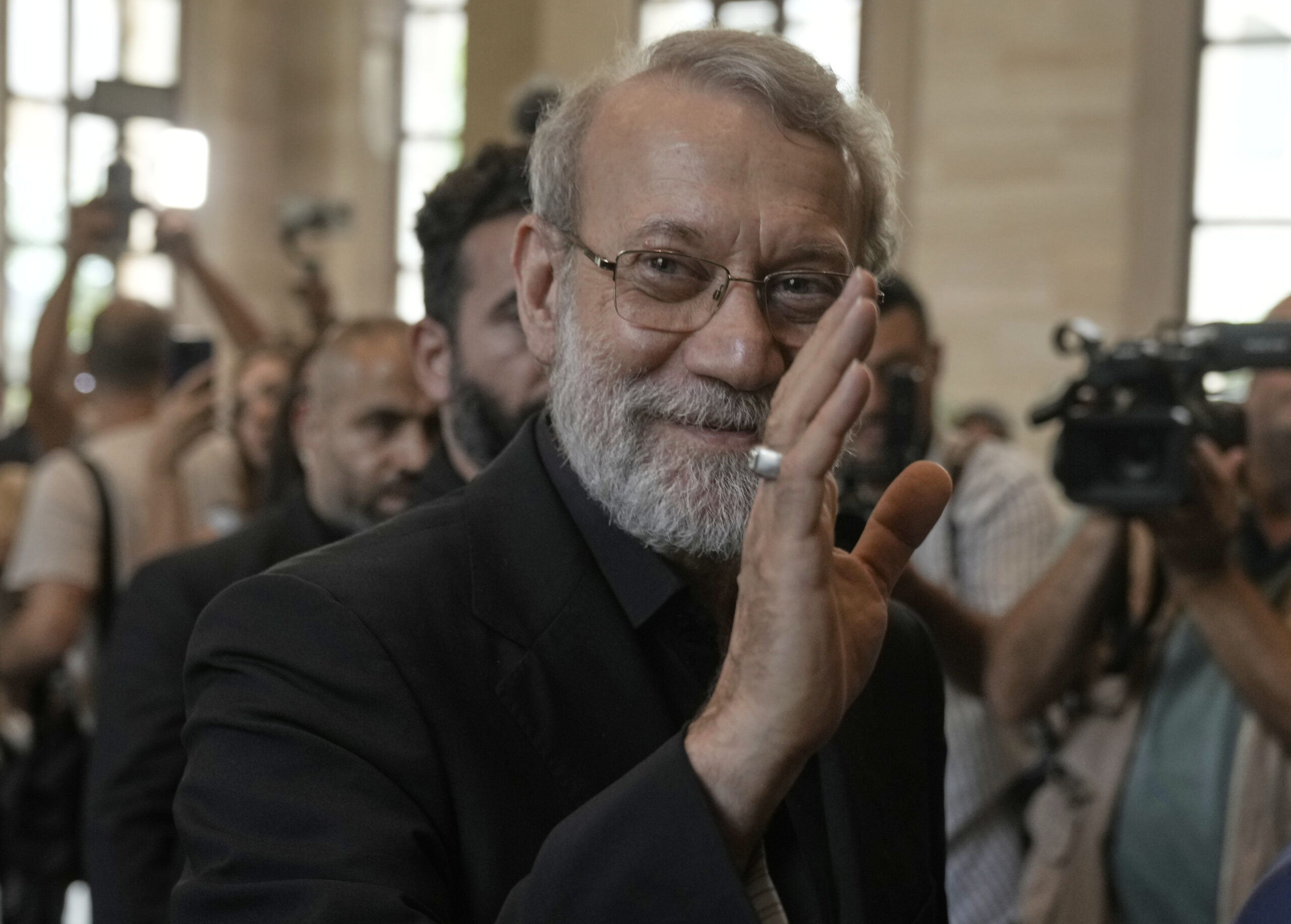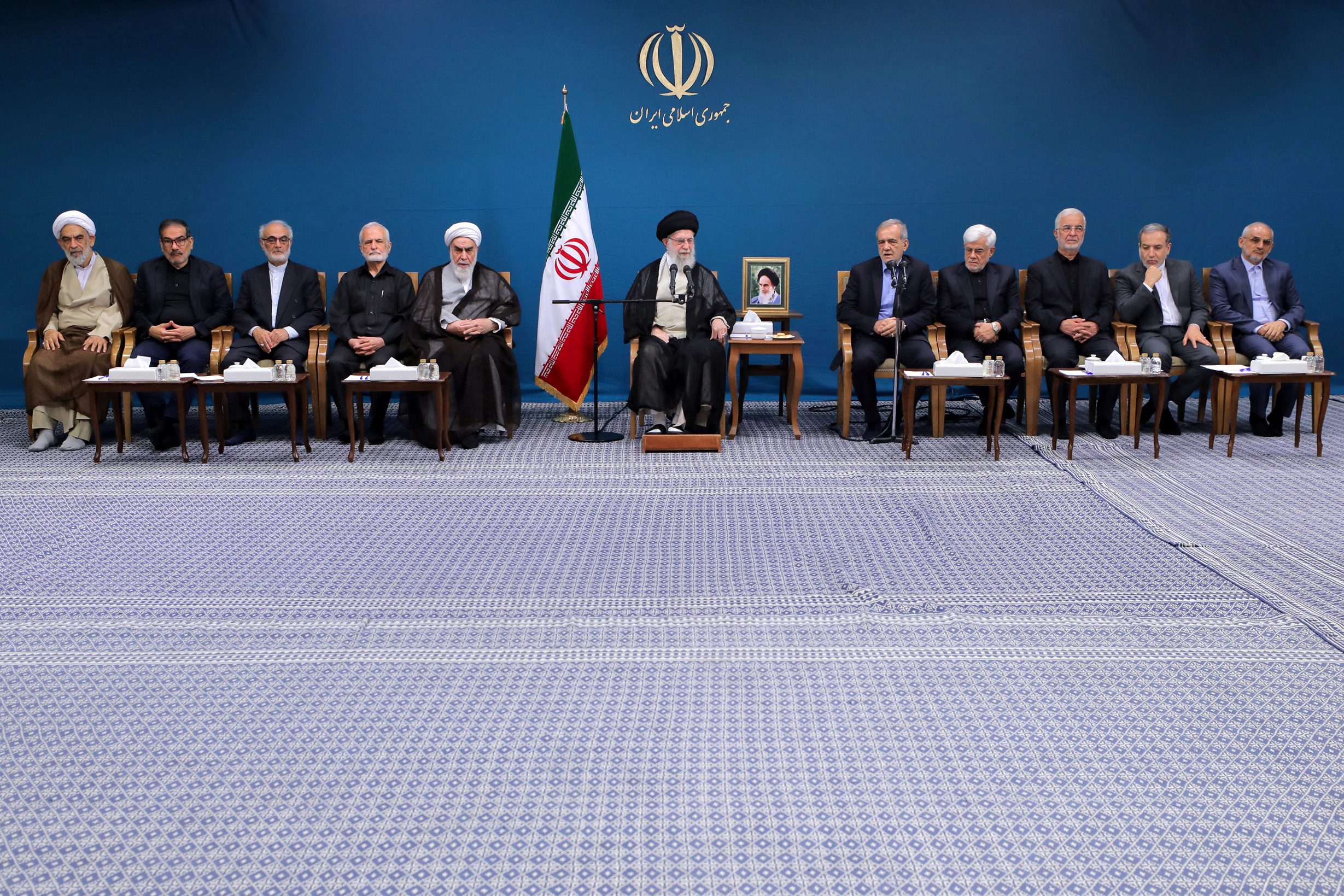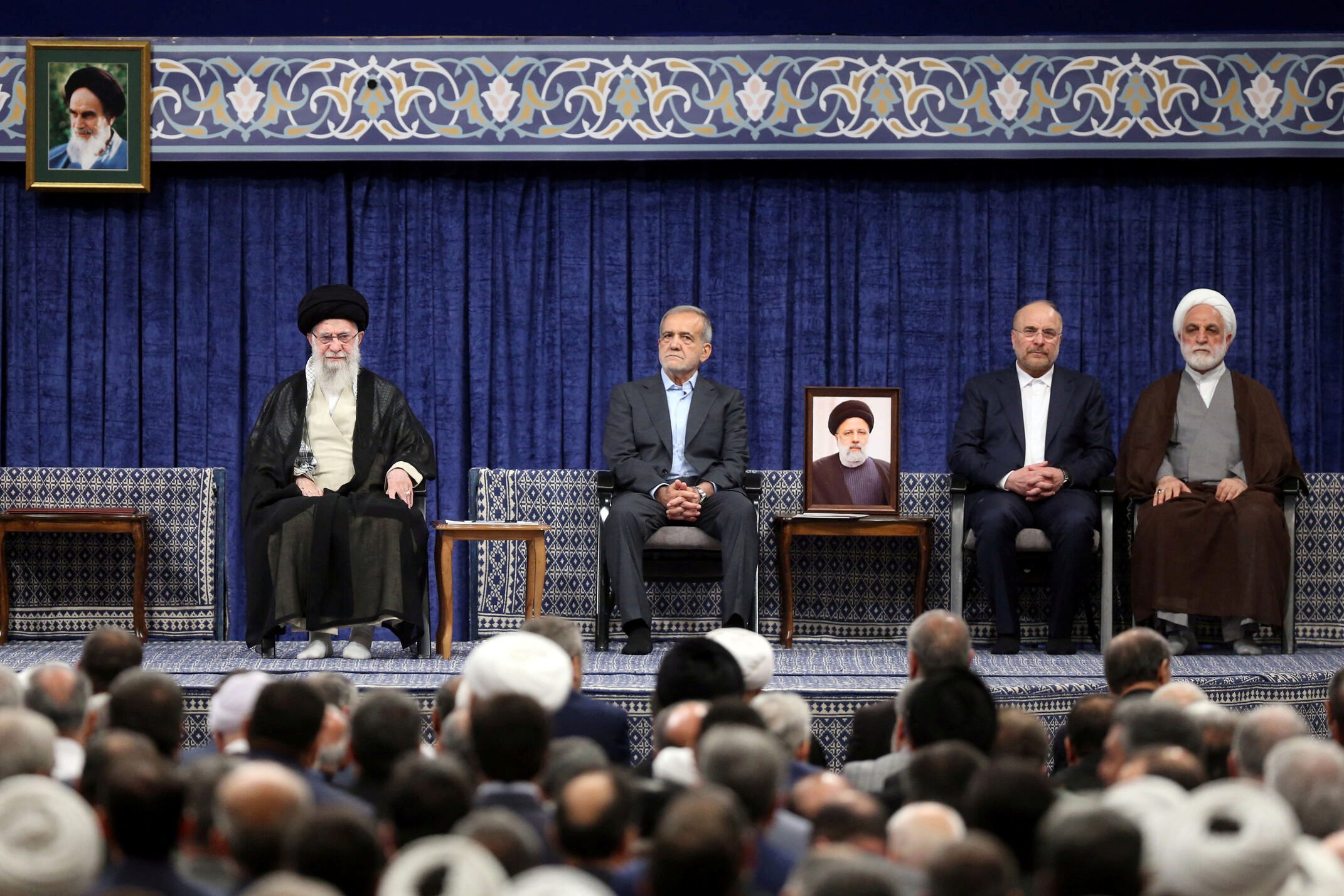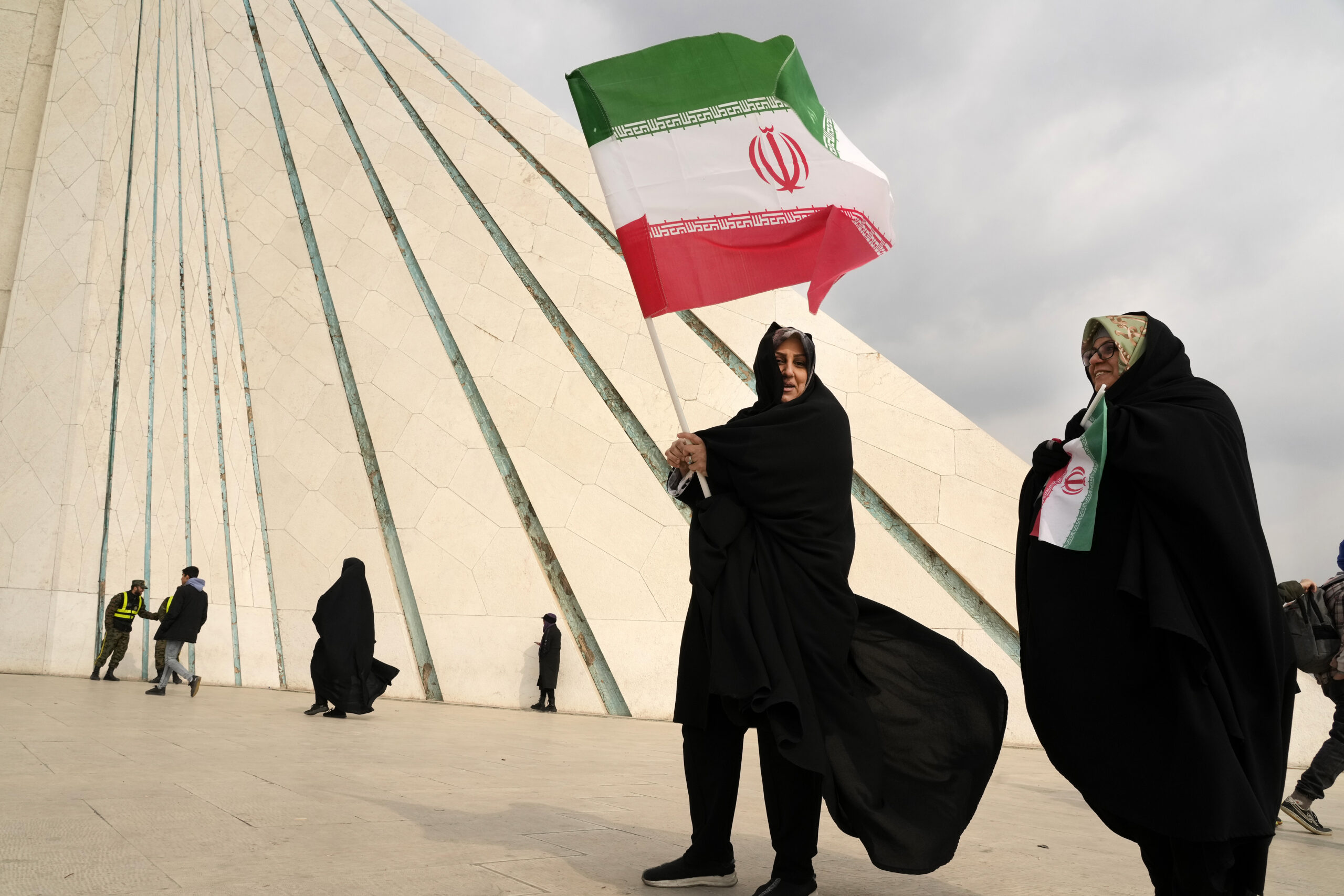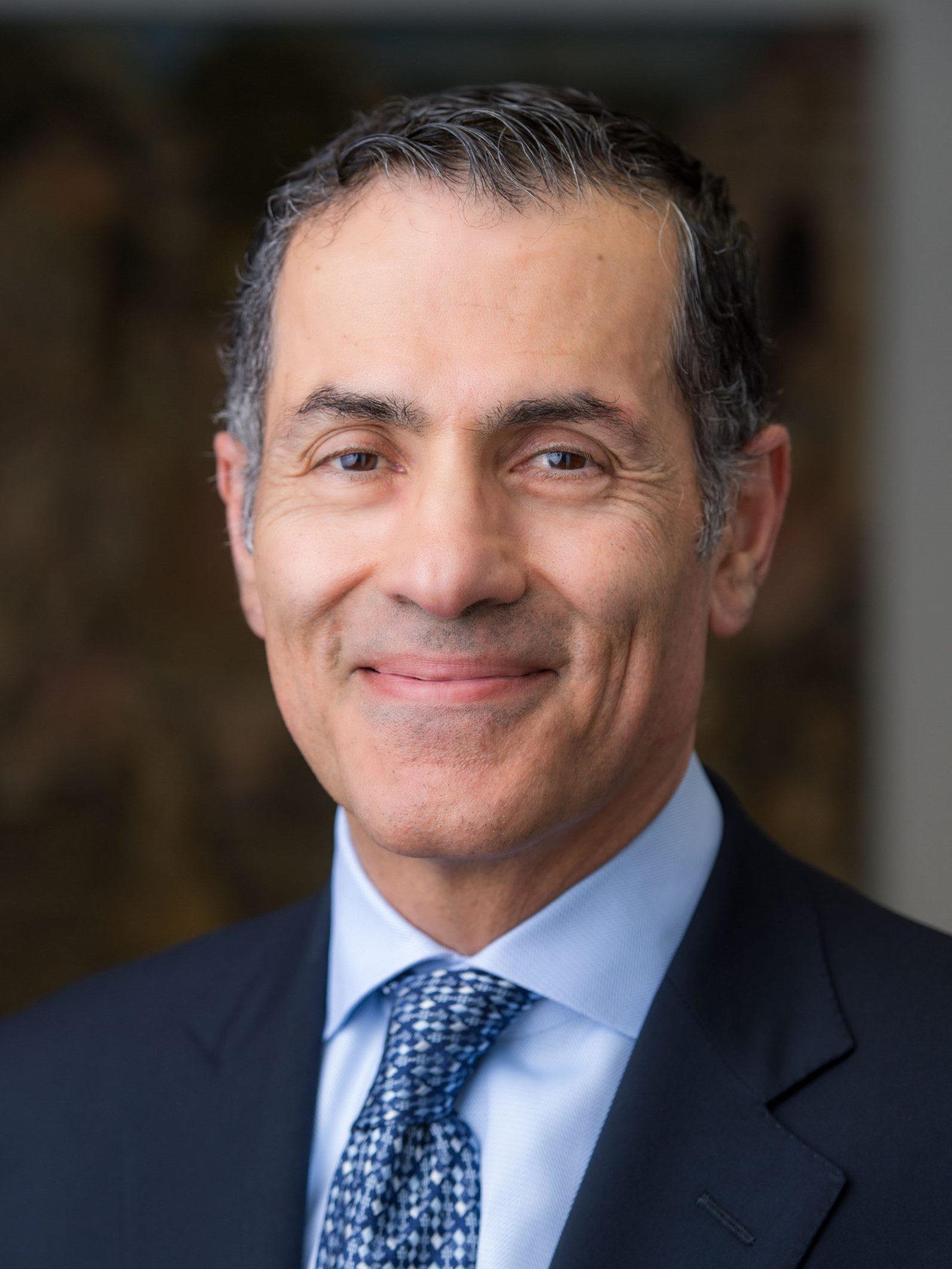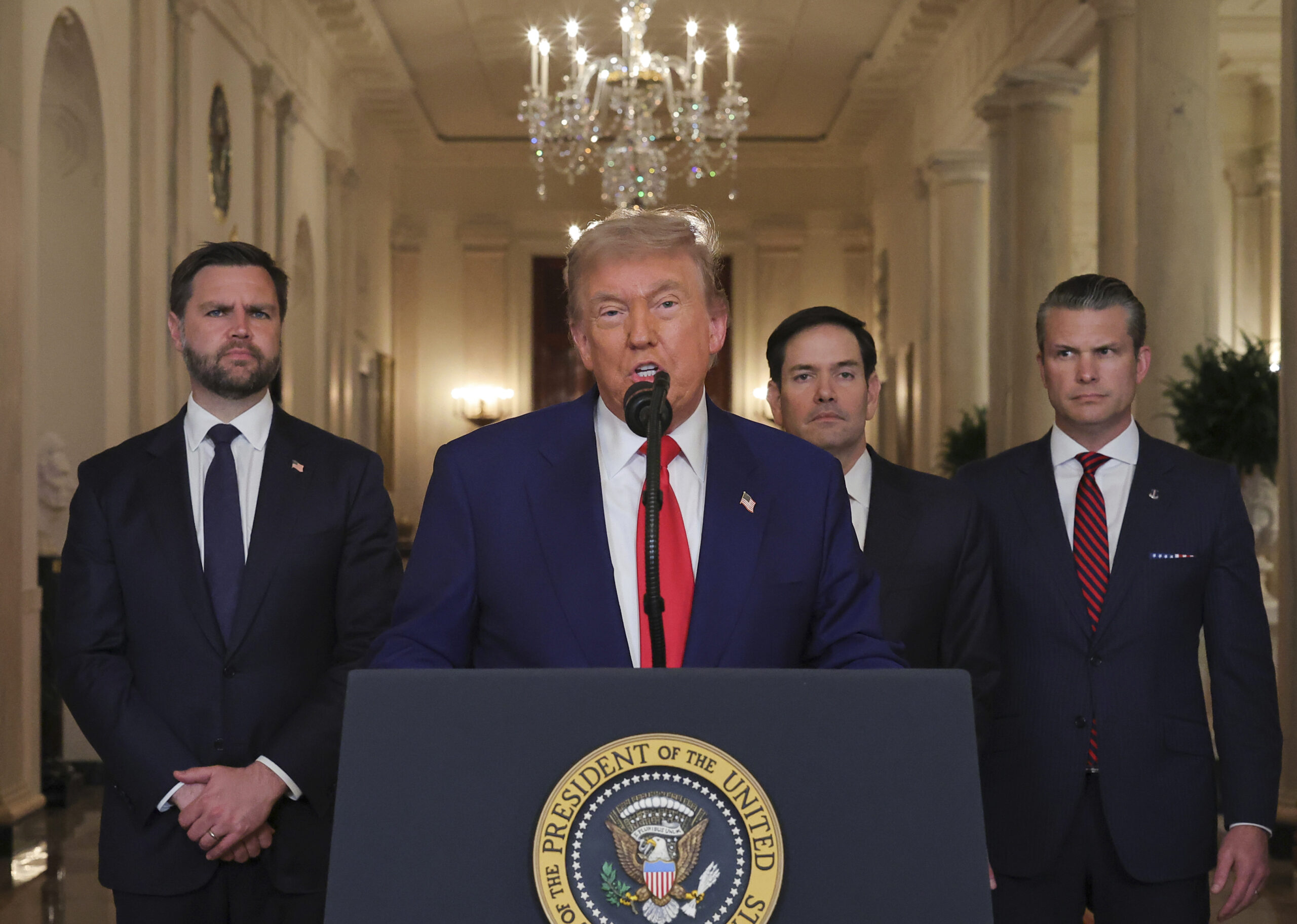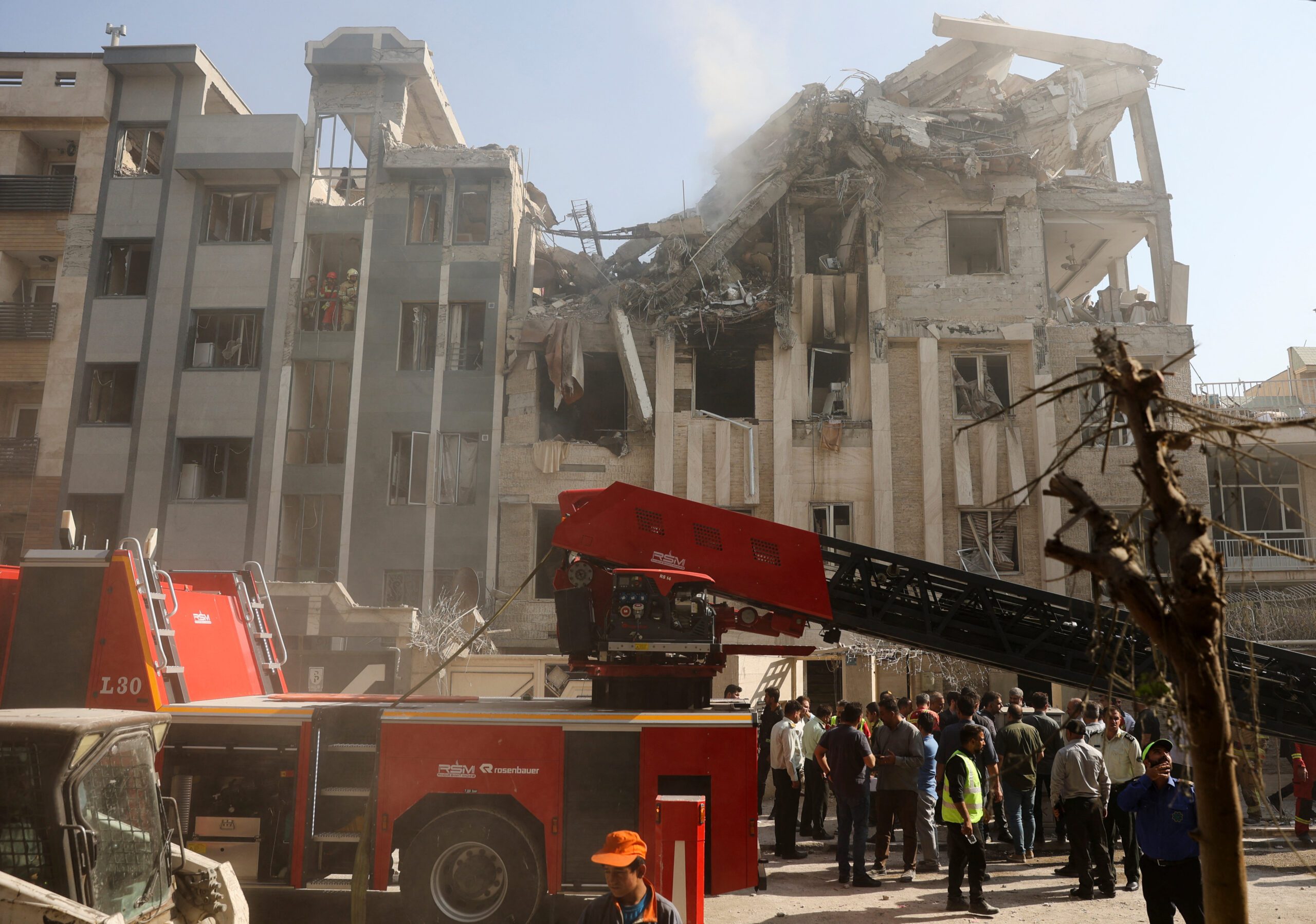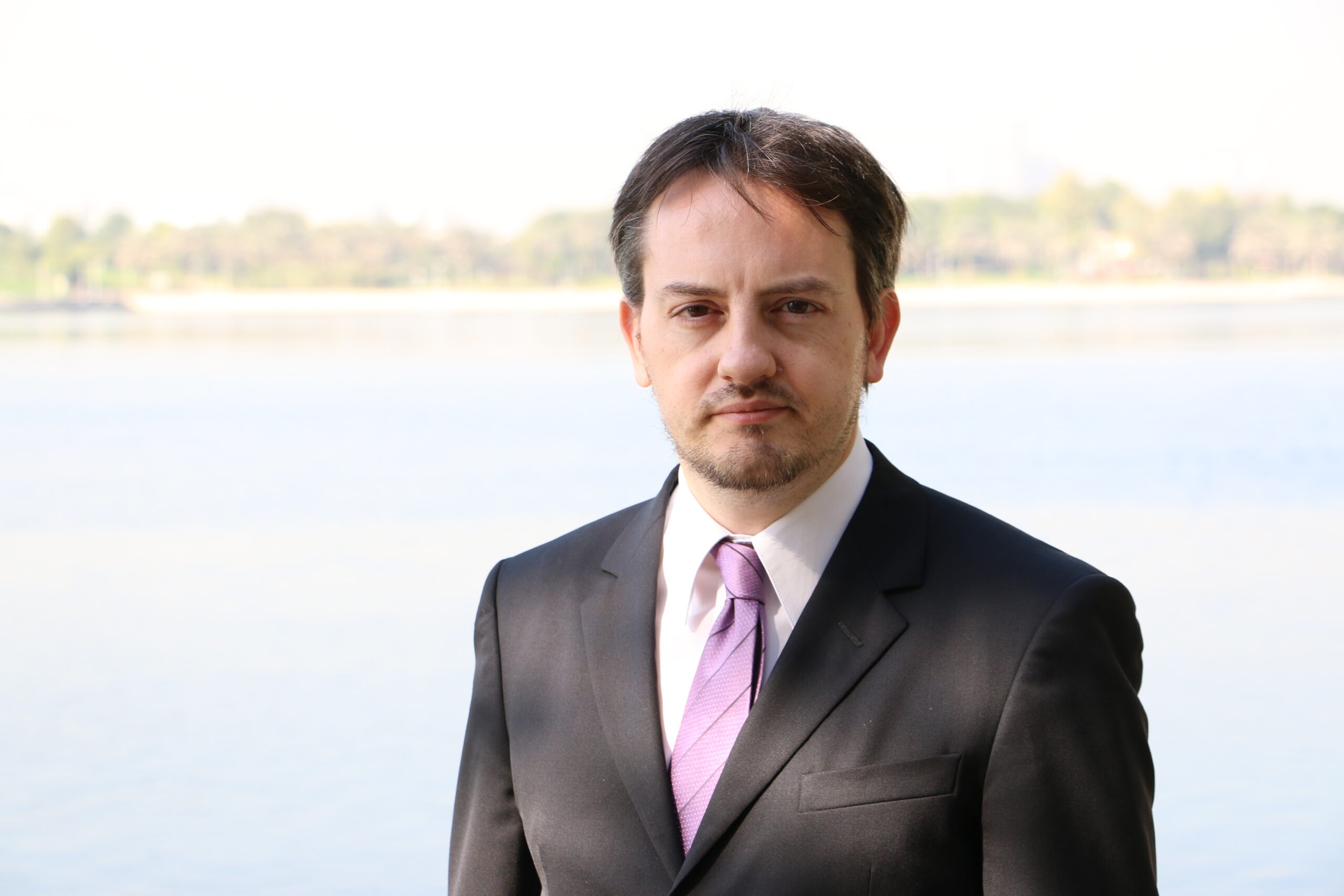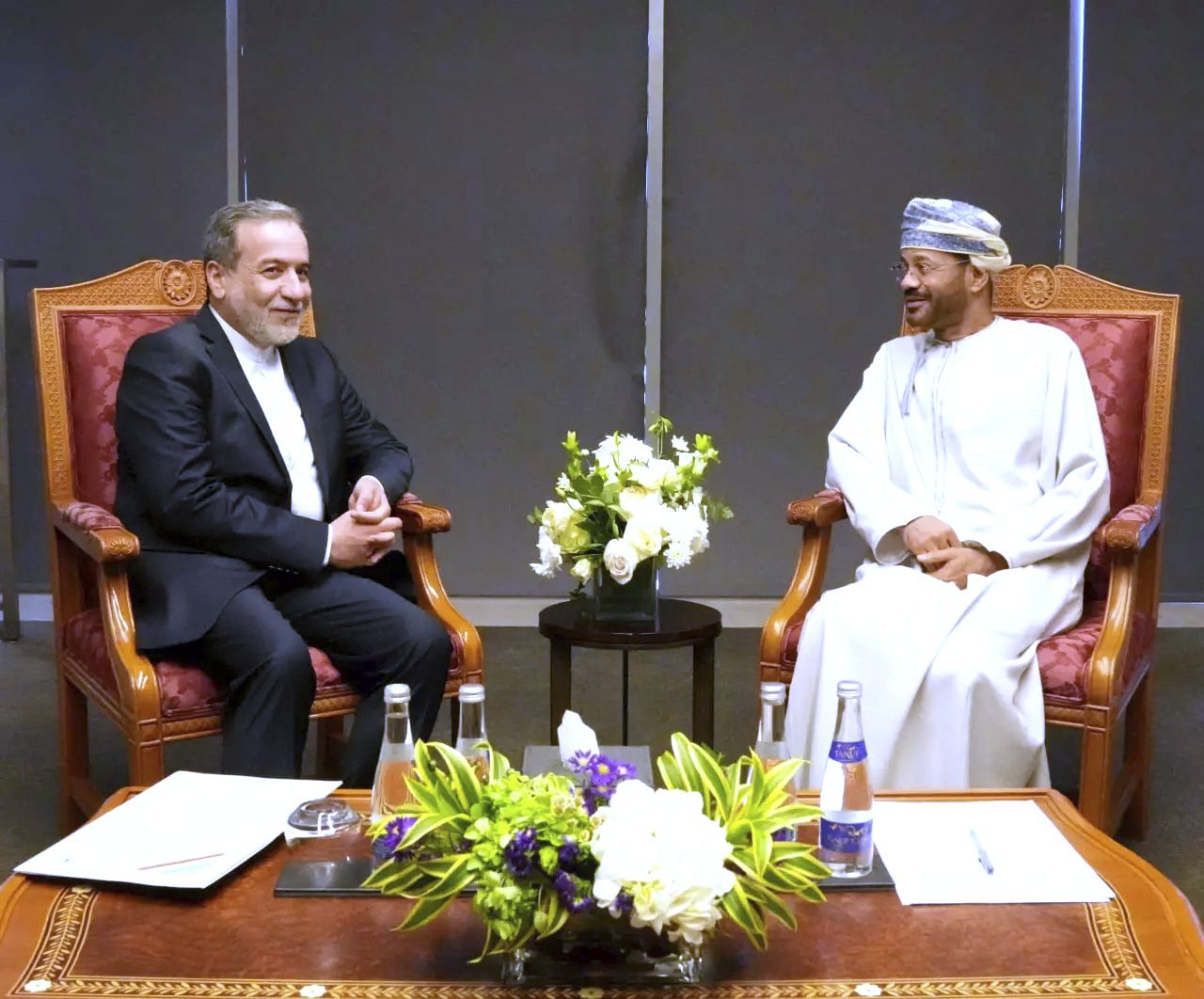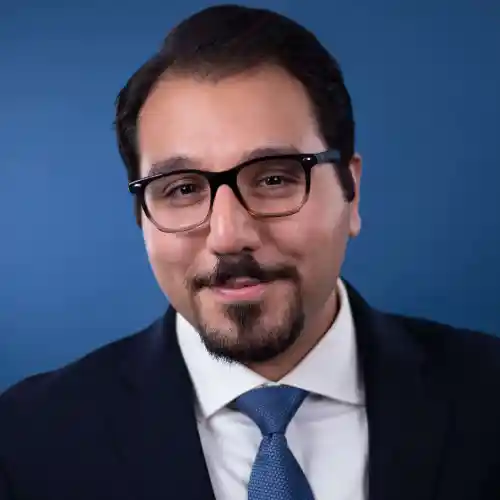The Heavy Price of Lebanese Hezbollah’s Military Engagement in Syria
Hezbollah has paid a heavy price to secure the survival of President Bashar al-Assad’s regime, which also secures Hezbollah’s overland lifeline to Tehran.
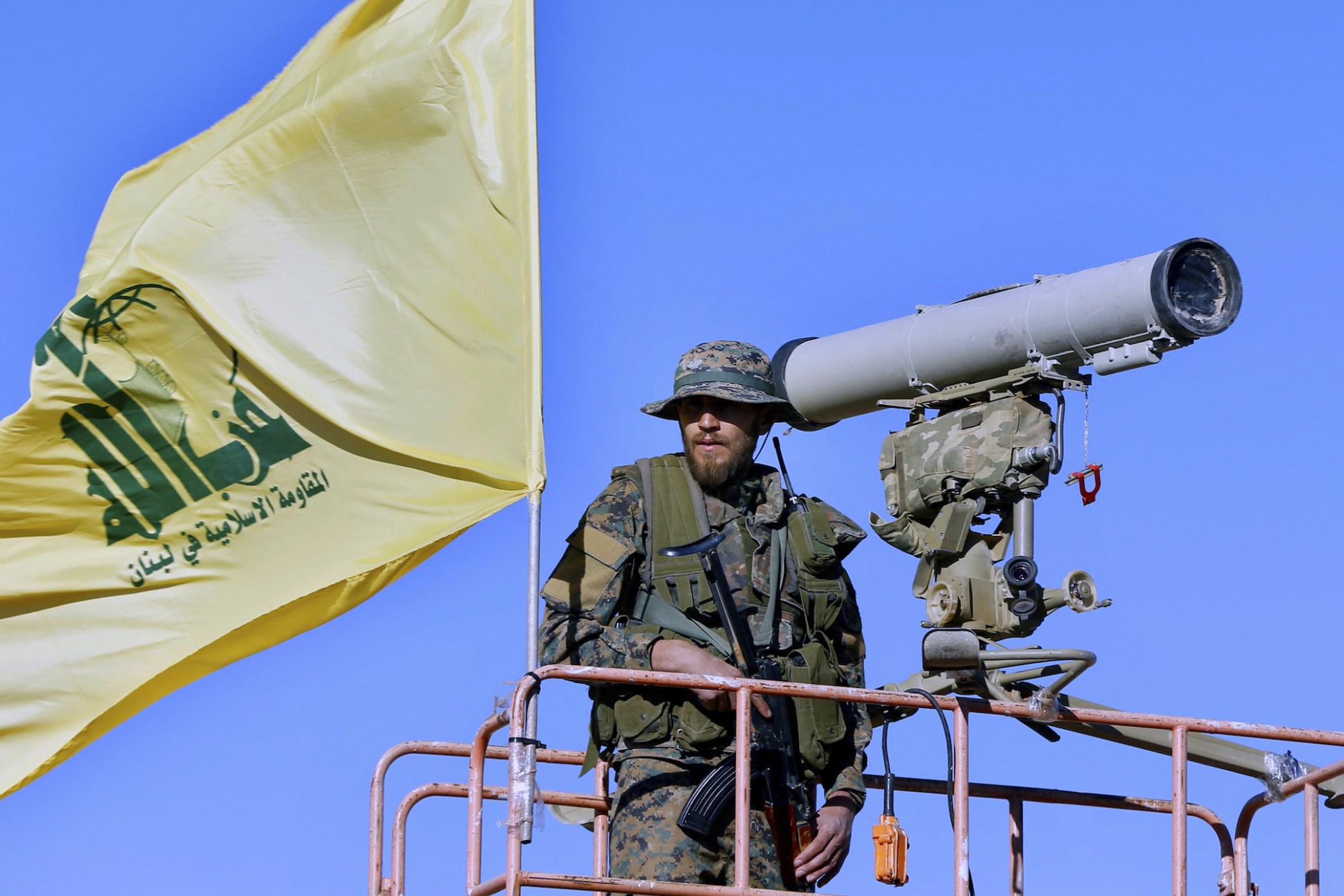
This piece is part of a series about Iranian-backed Shia foreign fighters and their potential impact on regional security dynamics.
“No one can force us out of Syria. We will stay there until further notice,” Hassan Nasrallah, Hezbollah’s secretary general, said in an address aired by the Lebanese Shia militia’s Al-Manar TV on September 20. The organization’s position has evolved dramatically since its statements in the early phase of the Syrian civil war denying “claims that the party is taking part in suppressing protests in Syria.” This seeming reversal on Syria is perfectly understandable: The Shia militia has paid a heavy price to secure the survival of President Bashar al-Assad’s regime, which also secures Hezbollah’s overland lifeline to Tehran.
On April 30, 2013 Nasrallah, on Al-Manar TV, confirmed for the first time Hezbollah’s military involvement in Syria, at a time when Hezbollah’s mounting losses in Syria could no longer be kept secret: A survey of funeral services held in Lebanon for Hezbollah fighters killed in combat in Syria shows at least 1,233 losses or about 40 percent of the total 2,972 foreign Shia fighters killed as estimated from open source materials. The total number of foreign Shia casualties serves as an absolute minimum, since individual militias have generally an interest in downplaying their losses and the actual death toll is likely higher. Indeed, prior to Nasrallah’s 2013 address in which he admitted the militia’s large-scale presence in Syria, there was a suspiciously high number of young Lebanese males reported as dying from traffic accidents or sudden heart failure in Hezbollah media, which could be an attempt to hide the real number of Hezbollah fatalities.
Shia Foreign Fighters Killed in Combat in Syria, January 2012 – October 2018
A closer study of Hezbollah’s approximate losses shows several remarkable features, which provide almost unprecedented insights into the Shia militia’s force structure. The first feature is the rank and file versus officer ratio among the fatalities. The description of the fighters fallen in Syria in Arabic language sources close to Hezbollah distinguishes between “martyr” and “martyred commander/leader” or “field commander/leader.” This distinction is important: While “martyr” refers to the rank and file members killed in combat in Syria, “martyred commander/leader” or “field commander/leader” most probably refers to officers. By this definition, 77 among Hezbollah’s 1,233 losses were officers.
Another remarkable feature in information provided by Hezbollah’s own media about the militia’s losses is the degree of details provided about the place of birth of the deceased. While lack of an official census in Lebanon complicates assessment of the number of Hezbollah losses from each governorate relative to the total population, in absolute numbers Nabatiyah governorate tops the list with 385 losses, followed by 288 natives of Baalbek-Hermel, 271 South Lebanon governorate natives, and 72 natives of Beqaa, who were killed in Syria.
Lebanese Hezbollah Combat Fatalities in Syria by Governorate of Birth, January 2012 – October 2018

Data drawn from multiple open sources
A further breakdown of the numbers shows Hezbollah recruits its fighters from big cities as well as the countryside.
Lebanese Hezbollah Combat Fatalities in Syria by District of Birth, January 2012 – October 2018
The time of death of the Hezbollah fighters compared with other foreign Shia militias is just as remarkable: Early peaks in Hezbollah combat fatalities in May 2013 (93 losses) – at a time when there were no other Shia foreign fighter losses – suggest the Islamic Republic initially did not desire to deploy Iranian and other Shia forces in Syria but preferred to secure the Assad regime’s survival through the intervention of its Lebanese proxy. However, heavy and sustained Hezbollah losses forced Iran to deploy Afghan, Iranian, Iraqi, and even Pakistani fighters to assist Hezbollah and help reduce its losses.
That Hezbollah losses peak at a different time than fatalities of the Islamic Revolutionary Guard Corps clearly indicates the Lebanese militia has been fighting independently of the IRGC. Hezbollah’s military operations in Syria appear to have been closely coordinated with the IRGC, fellow Shia foreign fighters, and Russia’s air force, but there is no indication of Hezbollah troops being under the command of Iranian officers.
Shia Foreign Fighters Killed in Combat in Syria, January 2012 – October 2018

Data drawn from multiple open sources. The December 2013 peak in Hezbollah losses shown reflects the time of release of information about the death of 86 Hezbollah fighters and not the actual month of death.
The open-source material does not provide information in most cases about where exactly these fighters died in Syria; of the 1,233 known fatalities, the place of death was disclosed for only 238. In several cases, this information was extracted from Persian-language material rather than Lebanese Hezbollah sources. However, the fatality spikes might also indicate the place of death for fighters even when that information is not openly disclosed, since the peaks in funerals tend to coincide with major battles in Syria reported in open sources. For instance, Hezbollah’s 93 losses in May 2013 coincide with the Hezbollah and Syrian army joint offensive against the city of Qusayr, strategically located between Damascus and the Mediterranean coast and close to the Lebanese border. Additionally, there are no open source records of Hezbollah operations in July 2014, but the 36 fatalities from that month may reflect fighting during the Islamic State in Iraq and the Levant’s seizure of the Shaer gas field in Homs governorate on July 17 and its capture of the 17th Army Division’s base near Raqqa on July 25. The 34 Hezbollah losses in February 2015 most likely reflect the joint offensive by the rebel Free Syrian Army and al-Qaeda affiliate Jabhat al-Nusra against Hezbollah strongholds in western Qalamoun, near the Lebanese border. The high monthly fatality rate in the last half of 2015 includes the Battle of Zabadani that began in July; it also marks the run-up to and aftermath of the first Russian air campaign in Syria, which began in late September 2015 and ushered in a period of increased offensives by regime forces and their allies. Lastly, the 147 Hezbollah losses from June to December 2017 coincide with major joint operations with the Syrian government forces and Russian air support, which secured regime control over vast areas previously under opposition control.
Hezbollah’s substantial losses in Syria may have weakened the Lebanese militia, but the apparent stabilization of the Assad regime has doubtlessly boosted morale within the organization. The experience in Syria has also produced a battle-hardened militia with expeditionary warfare experience and interoperability with fellow foreign Shia militias, the IRGC, the Syrian military, and the Russian air force. Seen in this light, Nasrallah’s interest in remaining in Syria “until further notice” should not be surprising.
The views represented herein are the author's or speaker's own and do not necessarily reflect the views of AGSI, its staff, or its board of directors.
